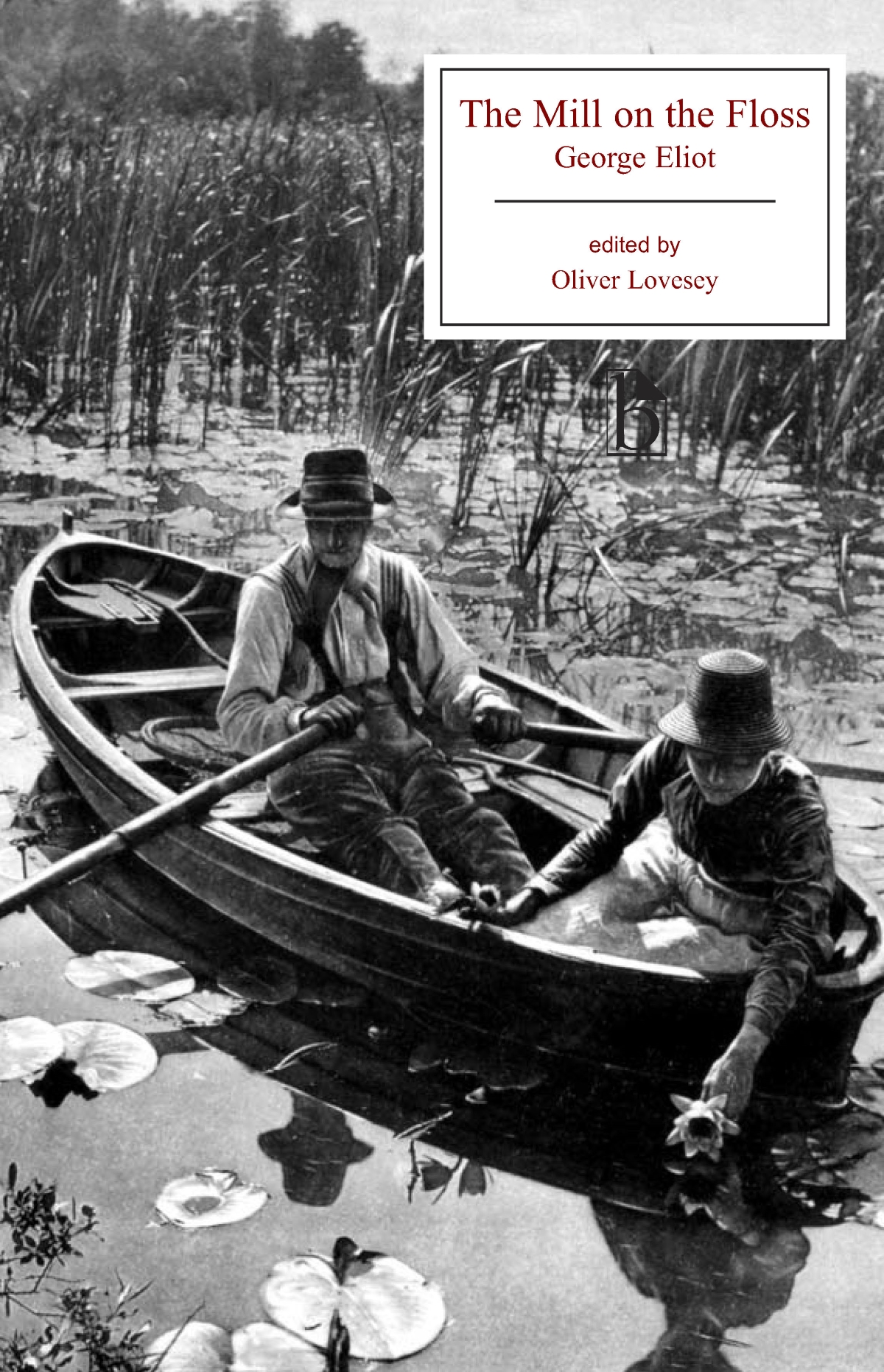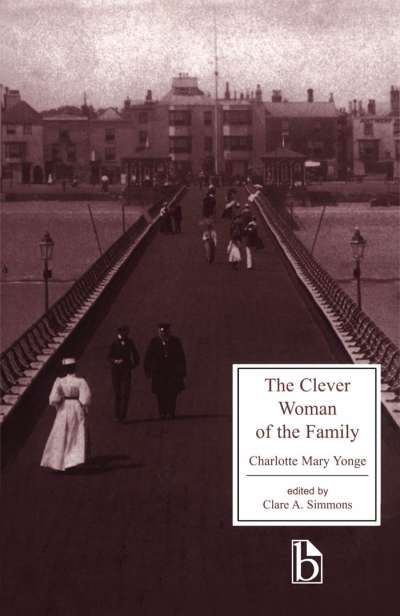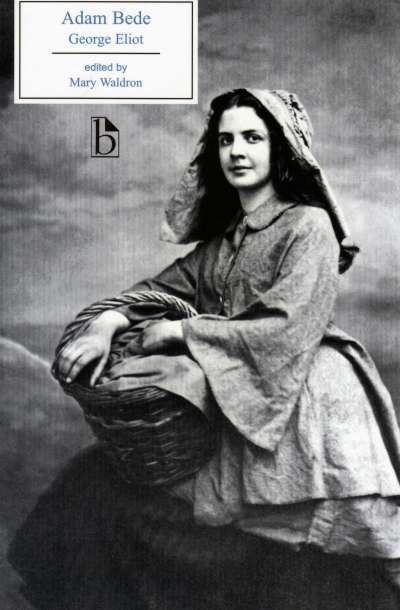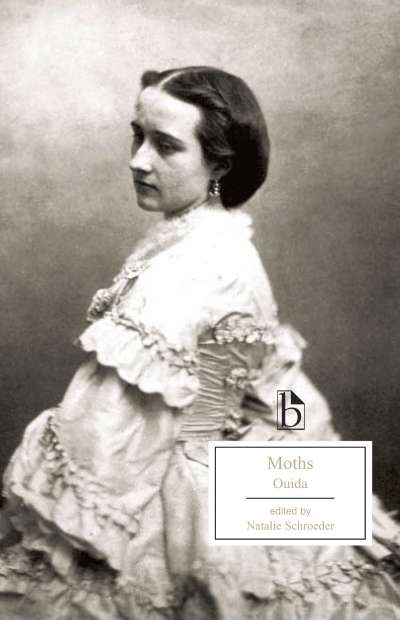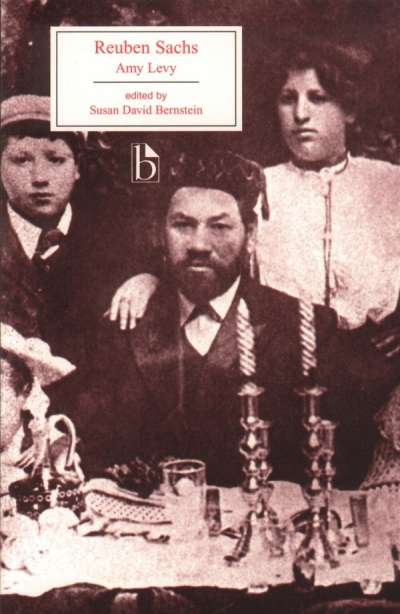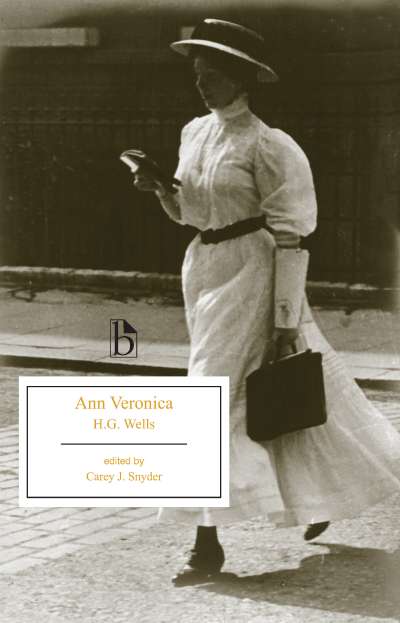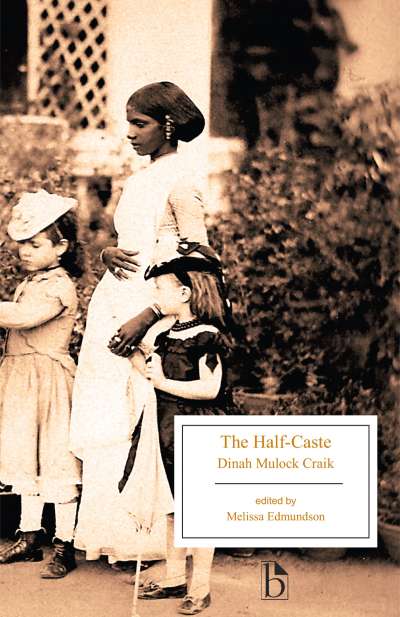This classic novel, first published in 1860, tells the story of Maggie Tulliver. Intelligent and headstrong but trapped by the conventions of family tradition and rural life, Maggie is one of the great heroines of Victorian literature. Along with Maggie’s story, the novel also tells a companion tale of the social pressures that restrict the vision of her beloved brother Tom. George Eliot’s most autobiographical novel, The Mill on the Floss remains one of her most popular and influential works.
This Broadview edition includes a critical introduction and extensive contextualizing notes as well as a broad range of appendices drawn from contemporary documents dealing with issues such as 19th-century views of disability, education, and the Woman Question.
Comments
“This edition of George Eliot’s most passionate novel about a woman’s life is accompanied by a selection of contemporary materials that demonstrate the surprisingly radical context of the author’s views at this point in her career. Oliver Lovesey has selected brief, eminently readable portions from Eliot’s own translations, essays, and reviews that will educate the reader in the ‘real’ George Eliot—a woman of amazing education herself, and of profoundly original thought that transcended the conventions of her time. The edition also includes the full text of the author’s poem, ‘Brother and Sister,’ a parallel narrative of Eliot’s childhood that is crucial to the reader’s understanding of the novel, as well as other very useful selections from historical documents and contemporary reviews of the novel.” — Mary Wilson Carpenter, Queen’s University
“This edition is a splendid presentation of George Eliot’s most autobiographical novel. The long and generous introduction dispels some of the myths about the author’s life, traces subtle relations between the novel and the moral complexities Eliot faced in Victorian society, places the novel in the context of her life’s work, and offers valuable analyses of the novel’s style and structure. Footnotes throughout the text helpfully explain dialect words, obsolete expressions and literary allusions. Excerpts from George Eliot’s critical writings, added as appendices, give insight into some of the ideas about fiction, religion, and the place of women in society that entered into the writing of The Mill on the Floss.” — Jacob Korg, Professor Emeritus, University of Washington

